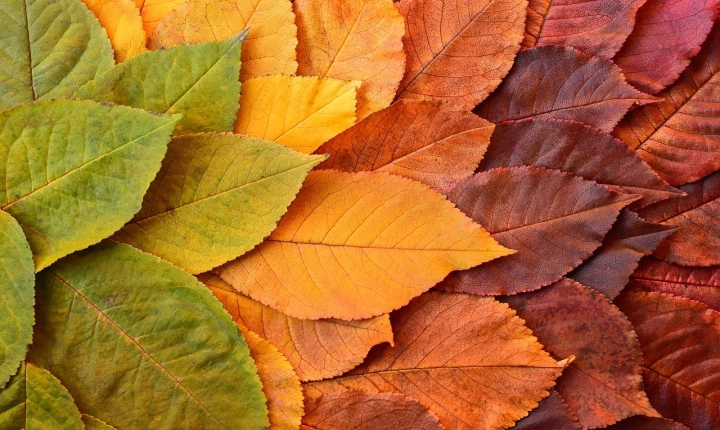Artificial intelligence has transformed a multitude of industries, and its impact on the art world is no exception. From creating visual art to composing music, AI has demonstrated a remarkable ability to produce art that challenges traditional notions of creativity and human expression.
One of the most intriguing aspects of AI-generated art is the way in which it blurs the boundaries between human and machine creativity. While many may initially question whether art created by an AI can truly be considered “art,” the pieces produced by AI have often captivated audiences with their innovation and unique perspectives.
One prominent example of AI-generated art is the work of the artistic collective Obvious, who used a type of AI called a Generative Adversarial Network (GAN) to create a portrait that sold at auction for over $400,000. The portrait, titled “Edmond de Belamy,” was particularly notable for its fusion of classical portraiture with a distinct, ethereal quality that could only have been produced by AI.
In the realm of visual art, AI has also been used to generate compelling abstract pieces and intricate designs. By analyzing vast amounts of data and learning from patterns and styles, AI can produce art that pushes the boundaries of traditional human-created art. Some argue that AI’s ability to process and analyze massive amounts of data allows it to explore new artistic frontiers that human artists may never have considered.
In addition to visual art, AI has also made significant strides in music composition. From creating algorithmically generated pieces to assisting human composers in the creative process, AI is changing the landscape of music production. Companies like Amper Music and Jukedeck are using AI to compose music for a wide range of applications, from commercials to video games, demonstrating the versatility and adaptability of AI-generated music.
Despite these impressive developments, the rise of AI-generated art has sparked debates regarding the nature of creativity and the role of the artist. Critics argue that AI lacks the genuine emotion and intention that is often valued in human-created art, claiming that AI-generated art can never truly evoke the same emotional response as art created by a human. However, proponents of AI-generated art argue that the novelty and innovation of AI art should be embraced, offering new dimensions of creativity and artistic expression.
As AI continues to evolve and advance, its impact on the art world will undoubtedly continue to grow. Whether it’s through the creation of visual art, music, or even literature, AI is challenging traditional definitions of creativity and inspiring new ways of thinking about the artistic process. While the debate over the authenticity of AI-generated art may persist, there’s no denying the profound impact that it has already made on the art world – and the potential for even greater innovation in the future.
